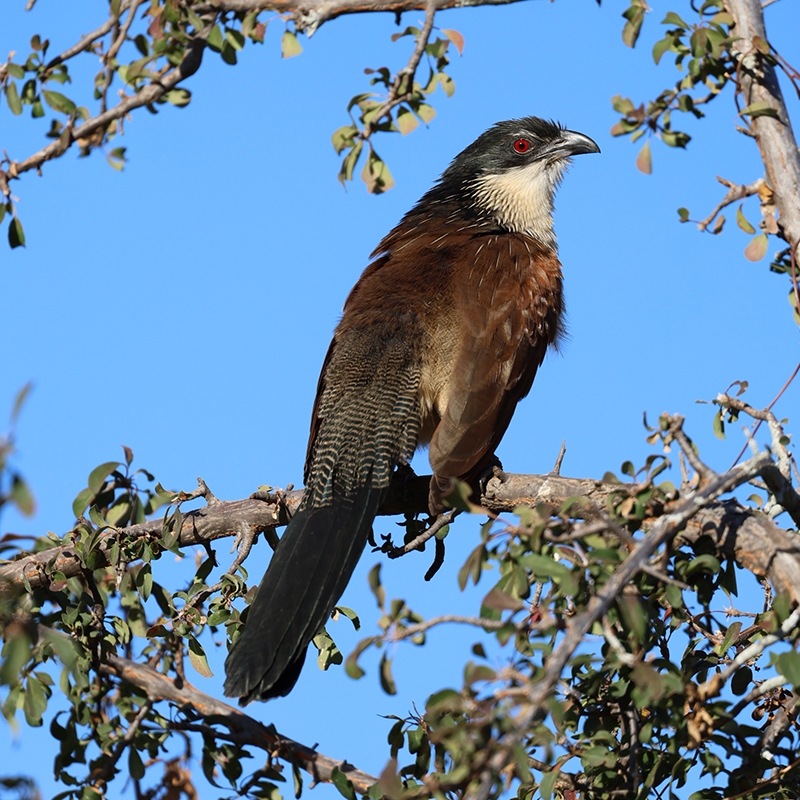Posted: 7/9/2025
A Dream Come True
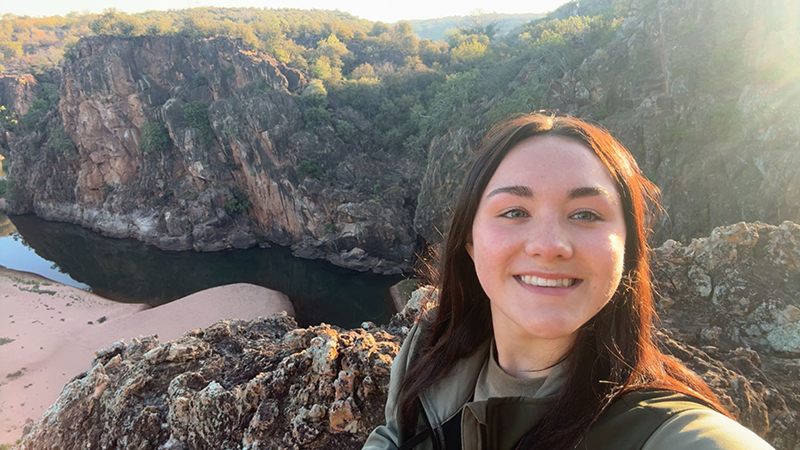
By Sophia Rojas
Ever since I can remember, I've been captivated by the natural world. I can thank my grandpa Kevin for that. From his countless hunting stories to receiving National Geographic and Discovery magazines in the mail, what seemed like a very average activity with my grandpa turned out to be incredibly inspirational. It sparked my first-ever interest in conservation and wildlife. So, when I had the chance to study abroad in South Africa to learn about those things, I didn't hesitate. It was a dream come true—a chance to live and learn in one of the most biologically rich and iconic environments on Earth.
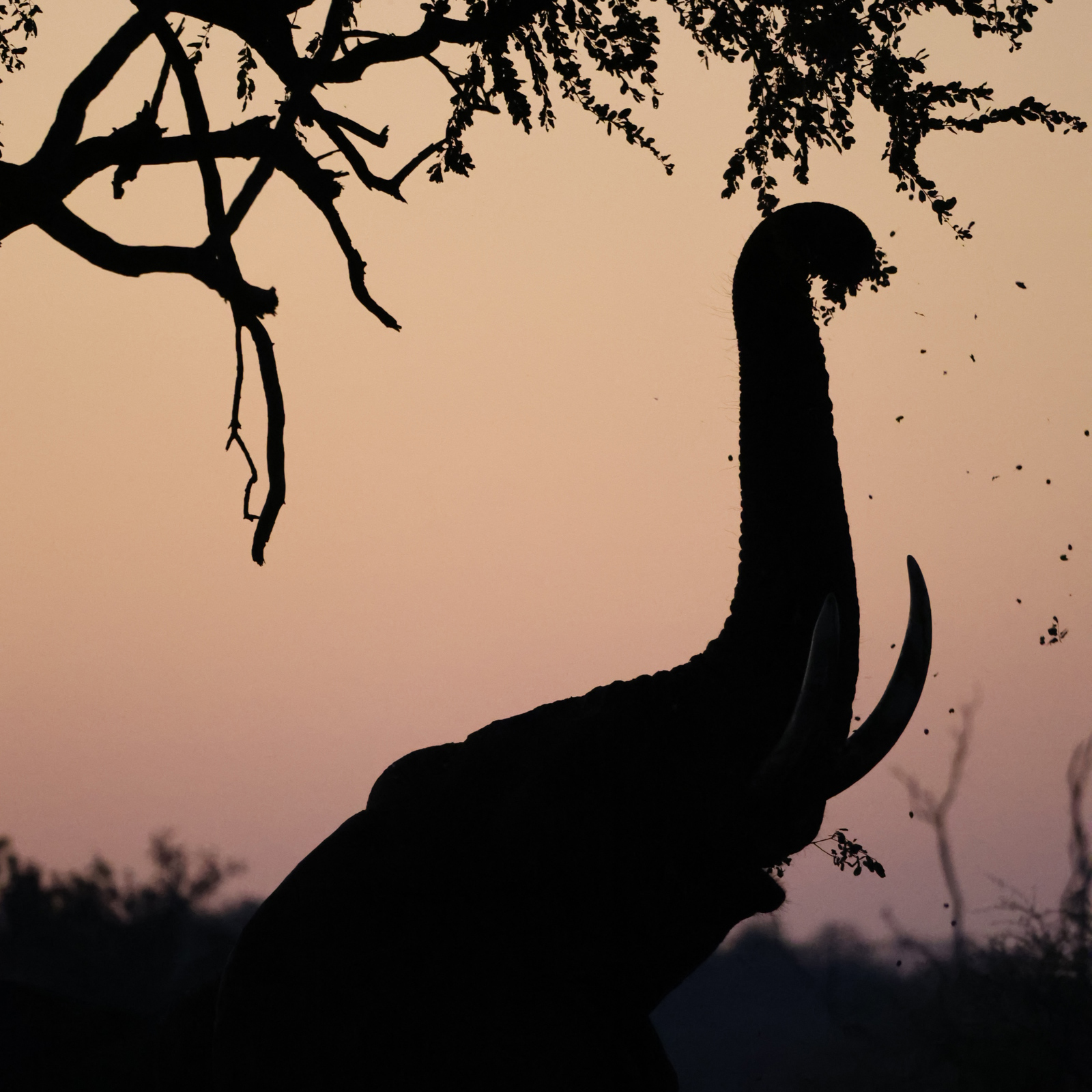
One of the most rewarding parts of the experience was the people I met along the way. I was surrounded by fellow students, each of us united by a shared passion for wildlife, conservation, and protecting the planet. We formed deep connections through our shared challenges and the hours of laughter we shared with one another — whether it was spotting our first Kori bustard or spending hours trying to identify which poop belonged to which species. Just as meaningful was the opportunity to learn from professionals who have dedicated their lives to this work. Many of our instructors and field guides have committed their careers to the Makuleke Concession, and that came with a knowledge of South Africa's ecosystems that went far beyond textbooks or a Canvas page. Their understanding was rooted in direct experience, cultural heritage, and a deep, almost spiritual connection to the land. Being mentored by these experts was a privilege, and their stories, wisdom, and humility left a lasting impression on me.
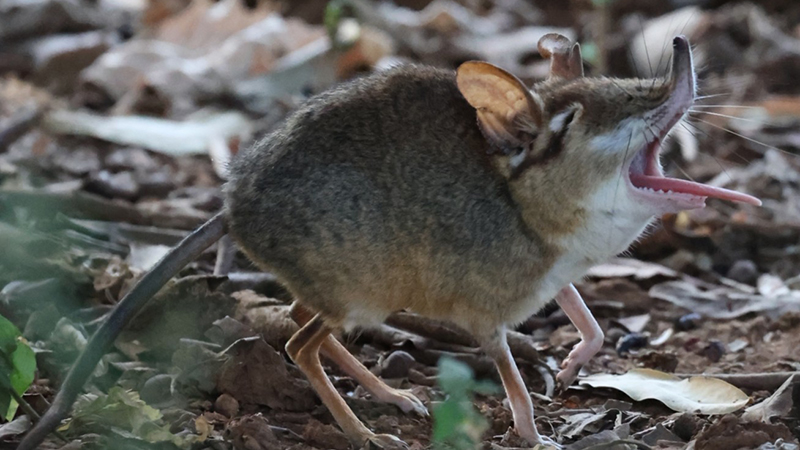
My favorite day began before sunrise on the second day, with the sound of offbeat drums from that morning's duty team. As we headed out in the Land Cruiser down a dirt road, I saw my first bull elephant in the wild emerge from the trees—massive and silent, just a few meters away. The sheer size, power, and calm presence of the animal brought me to tears. Seeing such a magnificent creature in its natural habitat, free and undisturbed, was completely overwhelming. It was a moment I had dreamed of my whole life, and experiencing it in person was more powerful than I ever imagined.
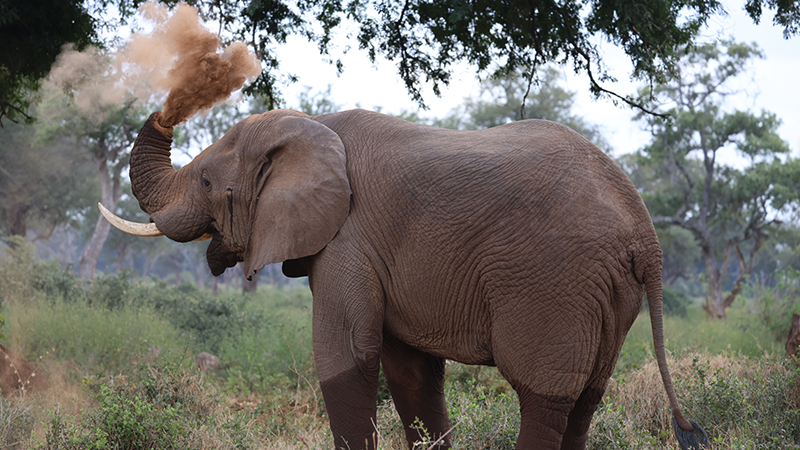
Eco-training was at the heart of the program. We didn’t just study animals —we studied how everything is connected. We learned about the role of predators in maintaining ecosystem balance, and how we as humans can help support that balance. We discussed ethics, environmental responsibility, and the complex relationships between ecological health and societal development. Trees, too, became part of my daily learning — something I had never paid much attention to before. I came to recognize a fever tree by its bark, a shepherd tree by its leaves, the sheer size of a baobab, or the scent of the potato bush.
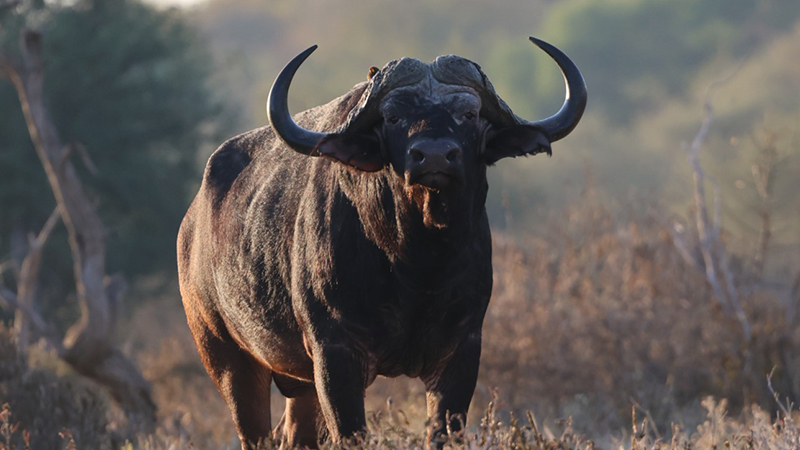
One of the most fascinating parts of my experience was observing animal behavior up close. I watched an elephant use his snared trunk with incredible precision, despite its injury. I heard vervet monkeys and chacma baboons hoot and holler as elephants moved silently through the bush with powerful purpose. Every day brought something new — a tower of giraffes munching on acacia leaves, a dung beetle tirelessly rolling its prize, or a chameleon perfectly camouflaged on a branch. These moments were more than just cool sightings — they were lessons in survival, adaptation, and harmony.
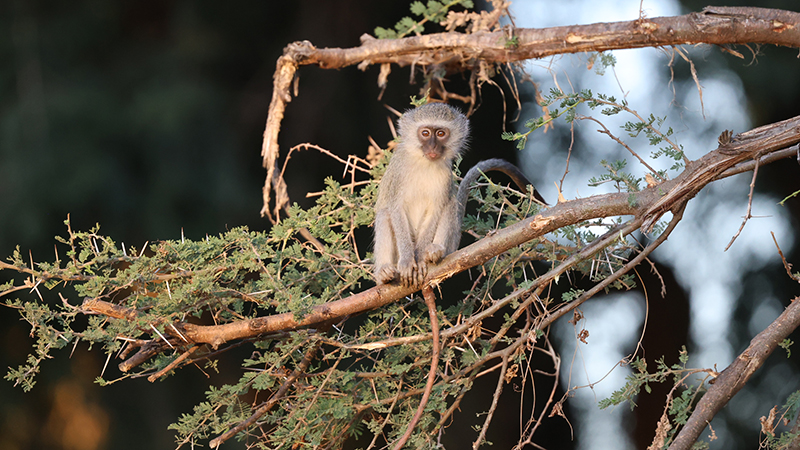
Part of our training also focused on conservation challenges. We had open discussions about poaching, habitat destruction, climate change, and human-wildlife conflict. It was eye-opening to see both the beauty and the fragility of the ecosystems we were studying. We explored how local communities can benefit from conservation through education, tourism, and sustainable development. It became clear to me that protecting wildlife isn't just about animals — it’s about people too.
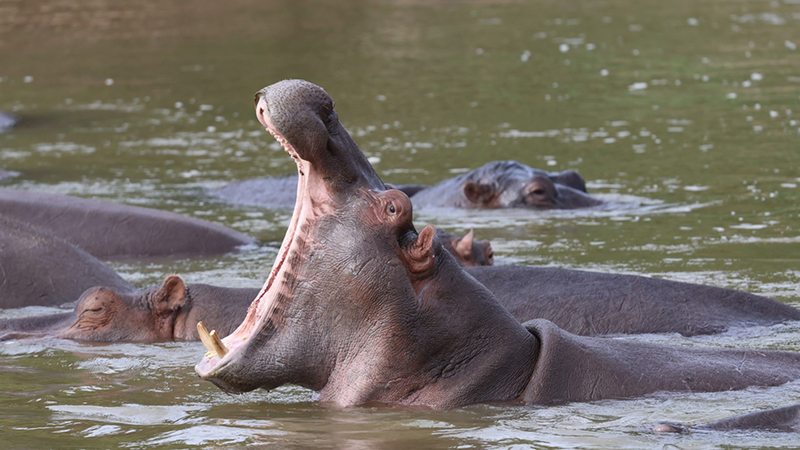
This experience strengthened my resolve to pursue a career in conservation. I left South Africa with practical skills like tracking and field identification, but more importantly, I left with a deeper sense of purpose. I realized that conservation isn't just about saving animals — it’s about preserving the intricate web of life that sustains us all. It’s about respect, responsibility, and action. Living and learning in the wild changed me. I gained confidence, clarity, and a stronger connection to nature than I’ve ever felt before. It was hands down the most inspiring experience of my life, and the happiest I've ever been.
